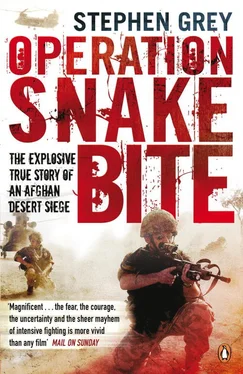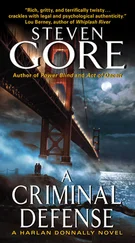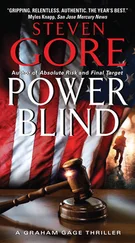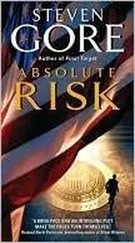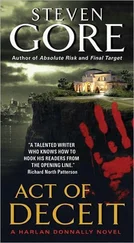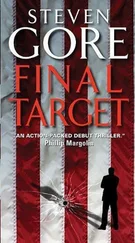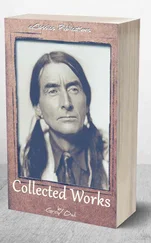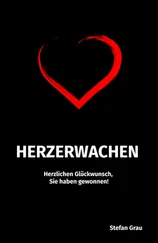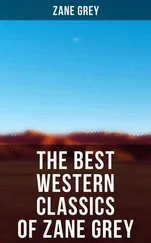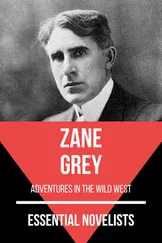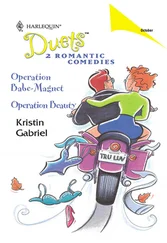The choppers took another turn .
Looking out the window, the soldiers of Task Force 1 Fury knew that something was going astray. Some had been following progress with hand-held satellite-navigation devices. Some watched as they flew right past the supposed landing zone.
Their commander had gathered his men earlier on the sizzling tarmac of Kandahar airfield. When he wanted to look serious, Brian Mennes had an intense and large-eyed stare that grabbed attention. Today, he reminded them, was the anniversary of Pearl Harbor, the greatest surprise attack on America before 9/11. And he ‘couldn’t be prouder today’, than to fight with them on what could be another historic moment. ‘Today you will have the might of the best fighter pilots in the world and will arrive in the bellies of aircraft flown by some of the best. Tonight you are the most powerful force on the face of the planet. And when it is time to fight, I know that we will win.’
As they flew out on the choppers, his men had a mix of moods. Some were relaxed. They had seen it all before. Every operation was over-hyped, they felt. It was always ‘the big one’, and yet the Taliban just vanished. Others nurtured private fears. They had seen the Taliban in Musa Qala on YouTube, on a video shot by Al Jazeera English. They knew the enemy was feeling lucky.
One group of paratroopers had insisted to the RAF that they wanted to sit at the back of the chopper and be the first to get off. ‘What’s with the ramp? Are you going for the glory?’ said Paul Curnow.
The soldiers replied, ‘No, we’re on a thirteen-month tour here. We all want to get pinged as we come off the boat! The most chance of getting shot is on the first man off.’
If this landing was to be 1 Fury’s Omaha Beach, the theory went, then they wanted to be hit in the first hail of bullets. A bullet meant a ticket home and the best bullet was a lazy bullet – the poorly aimed round that injured but didn’t take you out. Best take the early bullets before the aim was corrected. ‘So, they all wanted to be first off to make sure they got shot but not shot bad,’ remembered Curnow. But he wasn’t sure how many shared this view.
Another paratrooper, a Sergeant Gomez, had come up to speak to Curnow.
‘Sir, can I tell you what an honour it is to fly with the Royal Air Force?
‘Well, it’s actually a pleasure to have, you know, TF-1 Fury on board. Would you prefer to be with the RAF than the Americans?
‘Oh, shit, yes, absolutely.’
‘Why is that?’
‘Well, I’d rather fly with an insane crew than a talented one any day, and you guys are fucking nuts.’
Gomez had described the rescue of a dying soldier in the green zone during the Sangin operation back in the spring. They had been told by every American asset that it was too dangerous to land. Suddenly they had heard a faint noise, and then a British Chinook just plonked down into the fire fight with the pilots waving a big cheerful thumbs-up. From then on they all thought the British pilots were madder than mad, but lucky for that.
The choppers took another turn.
Back in the Brigade Operations Room, the position of the armada was being closely tracked and displayed as contacts or ‘blips’ on a large TV screen. The assault may have been a mainly American show, but this afternoon all air movements were under the control of Task Force Helmand.
Squadron Leader Simon Tatters, the thirty-nine-year-old brigade air liaison officer, was the master of ceremonies. On a normal day, it was usually just him and his deputy, Flight Lieutenant Rob Quaife, an experienced Tornado pilot, who ran the integration of planes and helicopters for the Task Force. But Musa Qala was extraordinary. Today he had assembled a team of twelve, including three US air force colonels, to run this complex 24/7 operation. They had declared a special air/aviation ‘no go zone’, known as a HIDACZ, or a high-density airspace control zone. In principle, this was a large ‘box’ of airspace around Musa Qala into which no one could enter without permission.
Today and in the next few days, Tatters would put at Brigadier Mackay’s disposal what one senior RAF officer, Air Commodore Sean Bell, would declare to be possibly the most powerful air package ever on call to a British ground commander. His point was that in the Second World War, for example, when a single bomb was on average 2 miles off target, it could take a thousand planes just to guarantee the destruction of one rail yard. These days, with precision weapons, the same task could be accomplished with a single plane. So, even with far fewer platforms in the air, the total effect they could deliver was much greater.
Above the helicopters there was a fleet of attack jets and bombers on call – British Harrier GR9 aircraft, Dutch F-16s, French Mirage 2000 jets, American F-15s and A-10 tank busters from Bagram air base, F-18s flying from the USS Enterprise carrier in the Indian Ocean, B-1B strategic bombers and Hercules AC-130 ‘Spectre’ gunships run by US special forces aviation. Musa Qala was considered so important than many of these planes were transferred from Iraq.
Those were just the attack planes. Above, alongside and often below them floated electronic warfare planes ready to jam, intercept and triangulate Taliban communications: UK Nimrod surveillance aircraft, Psyops C-130 platforms to broadcast influence messages, JSTARS aircraft that could track the movement of people and vehicles, US ‘Rivet Joint’ electronic intelligence aircraft to monitor Taliban radio transmission, several air-to-air tankers to refuel everyone, and E-3 AWACS command and control planes to coordinate the flow of so many platforms to and from the HIDACZ area. This huge package was the result of days of detailed planning and coordination, now tightly arrayed into the HIDACZ.
For all the high-tech gadgetry, running the Musa Qala HIDACZ from Lashkar Gah came down ultimately to a whiteboard, some bright pens and a set of stickers. While the radar screen displayed the position of the planes and helicopters, and the many radios provided updated reports, the way to keep them from colliding was to give each one a different height and area to fly in – and mark it up on the whiteboard.
At the climax of this Musa Qala operation, Tatters and his team would have used up every 1,000-foot interval from close to the ground to 35,000 feet. And even then that wasn’t the end of it. An F-16 jet might cruise happily at 20,000 feet, but to strafe the enemy it had to screech down almost to the ground. And when the guns, rockets or mortars started firing, all of their rounds curved high into the air. A path from weapon to target needed clearing through the airspace. A pilot might work on the theory of ‘big sky, small bullet’, assuming the chance of an impact was slim. But with so many aircraft and so much ordnance being fired these days, no one was taking any chances.
In controlling the air space, pilotless drones, or unmanned aerial vehicles (UAVs), proved to be the biggest challenge. The Americans had long used the Predator UAV, armed with Hellfire missiles. The British were also now using the larger and more up-to-date drone known officially as Reaper and nicknamed ‘Green Eyes’. American Reapers came armed not only with Hellfire missiles but an arsenal of 500-pound bombs. But the British, for now, were using theirs unarmed. The Americans called the British version ‘Reaper Lite’
Today, at H-Hour, the sky was deluged with UAVs. Everyone, it seemed, wanted eyes on this operation and wanted to control their own view. The Predators were the worst. Task Force Helmand didn’t get a downlink from many of them. Nor could Tatters and Quaife often work out just who they actually belonged to. Some were on ‘ask no questions’ classified missions – the property of special forces or the CIA or whoever. One might belong to some general somewhere who wanted to keep his eyes on the show.
Читать дальше
